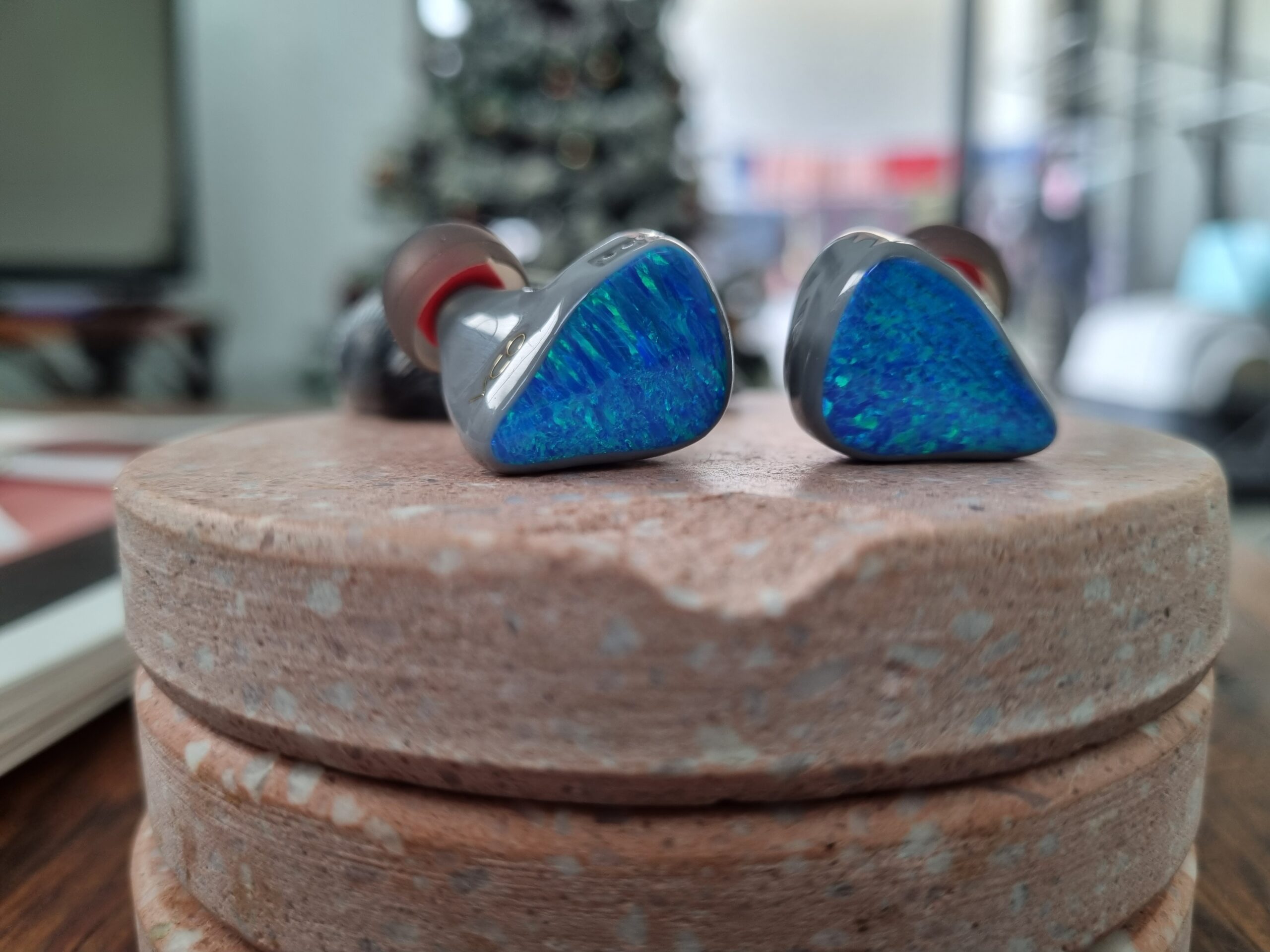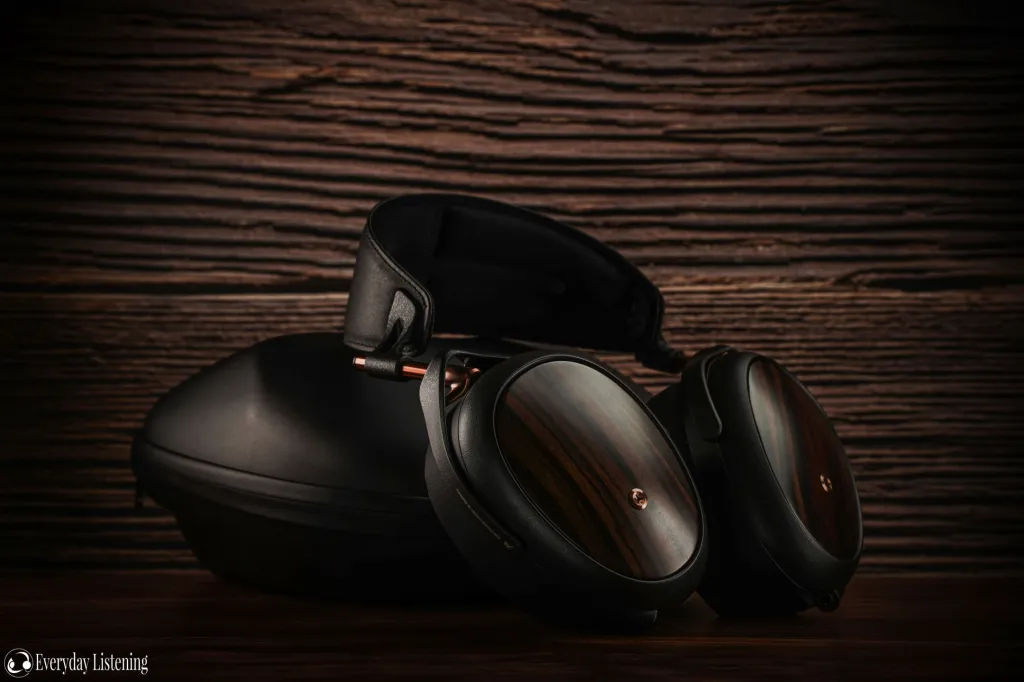Disclaimer: I formally thank Jason from ODA for graciously providing us with the Amarantine in exchange for an honest review.
Pros:
- Excellent build quality, with no detectable seams or imperfections across the entire shell.
- Exceptional mid-bass performance, with visceral depth and weight; reminiscent of a dynamic driver sans the slow PRAT decay.
- The robust balance between an analytical and musical focus, with unmasked vocal clarity and instrumental timbre for all genres.
- Treble presence is forward, yet unobtrusive without fatigue or persistent sibilance.
Cons:
- Nozzle length is stunted, which can result in a not-so-secure fit (dependent on user preference in terms of insertion depth).
- The soundstage exhibits average scope but with precise imaging for ease-of-distinguishment between vocal cues.
Introduction

One Dot Audio (ODA) is a fledgling audiophile-centric brand from Shenzhen. Shenzhen is no stranger to hosting a consortium of competing brands, being the unofficial tech capital of China.
Jason, the brains behind this emerging brand, has an unbridled passion for experimenting with sonic signatures that deviate from the “current” trends that sway in the global audiophile market. However, the focal point of their engineering philosophy is to produce “jack-of-all-trades” IEMs for audiences with broad music palettes.
Their current portfolio is limited to three products: The Dolphin D100 (single dynamic driver), the Hesperus (3 balanced armatures) and Amarantine (5 balanced armatures). Jason has generously sent a unit of the Amarantine, the top-of-the-line IEM in their existing line-up for an honest review.
The ODA Amarantine can be purchased on their website for USD 399.99. On paper, the price-to-specs ratio is a compelling offer, especially for a “flagship” product (given how the luxury audio market is trending upward). But, competition between legacy brands (Moondrop, Campfire Audio, Tanchjim etc.) is unrelenting, with consumer expectations evolving. Let’s critically examine whether the ODA Amarantine is a competitive product in the current landscape of IEMs.
Technology
The ODA Amarantine boasts an exclusively balanced-armature setup, with a 5-balanced armature array (1 dual tweeter, 1 medium range BA, and 1 dual low-medium BA). Interestingly enough, the impedance of the Amarantine is far below the 24-ohm standard, rated at a paltry 8 ohms (reminiscent of Campfire Audio’s revered Andromeda).
Lower impedances are historically known to cause headaches regarding elevated noise (hiss) with higher output impedance amplifiers, but we’ll discuss this matter in the Driveability section.
Unboxing
Because it’s an artisanal brand focused on low-output manufacturing, the ODA Amarantine comes packaged in a no-frills, non-descript black cardboard box with the ODA logo embossed in the outer sleeve, alongside the company’s mantra: “Let music inspire life”.
Inside the box, you’ll find the ODA Amarantine shell seated snugly in a form cut-out, with its 2-pin SPC cables attached to them. Below it, you’ll be greeted by a green leather case with a magnetic flap, with a miscellaneous mix of silicon ear tips (S, M and L) under the hood.
It’s a straightforward package that gets the job done.
Design, Build and Comfort
The ODA Amarantine comes in an off-white ivory shell with a bulbous body, adorned with a mother-of-pearl-like shell in blue. The iridescence of the abalone-esque shell reminds me of hand-made jewellery: beautiful, but certainly not “under the radar” if you’re a minimalist who appreciates subtlety.
The application of lacquer between the faceplate and the IEM chassis itself is excellent, with perfect consistency and no discernable seams. The spout of each channel is quite short, with a groove encircling each nozzle to prevent the ear tips from loosening over time. This did not hinder comfort at all, but it did make securing a snug fit a smidgen more difficult because of the shallower insertion depth.
The bulbous body of the Amarantine’s shells did not prove to be a hindrance in terms of comfort and fit. Interestingly, there appears to be a pinhole (or smaller) sized vent near the 2-pin connections: an uncommon sight for exclusively balanced-armature arrays. Wind noise doesn’t seem to affect listening volumes in external environments, so perhaps the vent is more decorative than it is purposeful.
Cable Quality

The Amarantine has a 4-braided SPC cable, a 3.5mm termination (unbalanced), and a silver-coloured sheathing. The cable is soft, supple and extremely pliable; whatever direction you bend it in, it follows without resistance. It’s easy to wear and hard-wearing. This is the ideal cable for easy stowage and active outdoor use.
The only gripe that I have is the lack of swappable terminations. Most listeners committed to the sub-USD 300 price range tend to have 4.4mm balanced setups. The option to swap between a myriad of connectors would make the Amarantine an adaptable IEM.
Onto the next page for details on sound…



